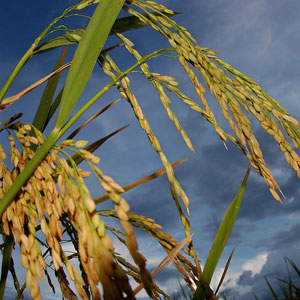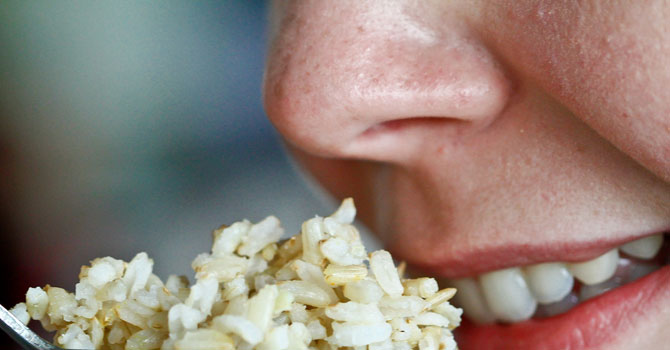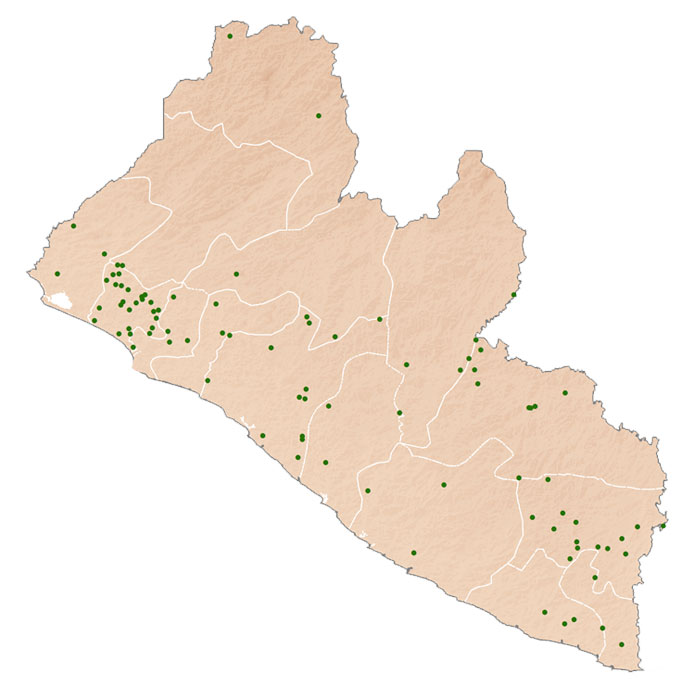General information
|
Production season
|
Write-up taken from the IRRI's Rice Almanac (2013):
Liberia, whose coast is known as the Grain Coast, faces the Atlantic Ocean in West Africa, occupying 111,370 km2 between Sierra Leone and Côte d’Ivoire, with a population of 4.1 million (2011). There are low-lying coastal plains where most crops, including rice, are grown, and a mountainous interior with central plateaus. Arable land is less than 5% of the land area, but agriculture contributes 53.1% to the country’s GDP and occupies less than two-thirds of the workforce.
Source: FAOSTAT database online and AQUASTAT database online, as of November 2012.













